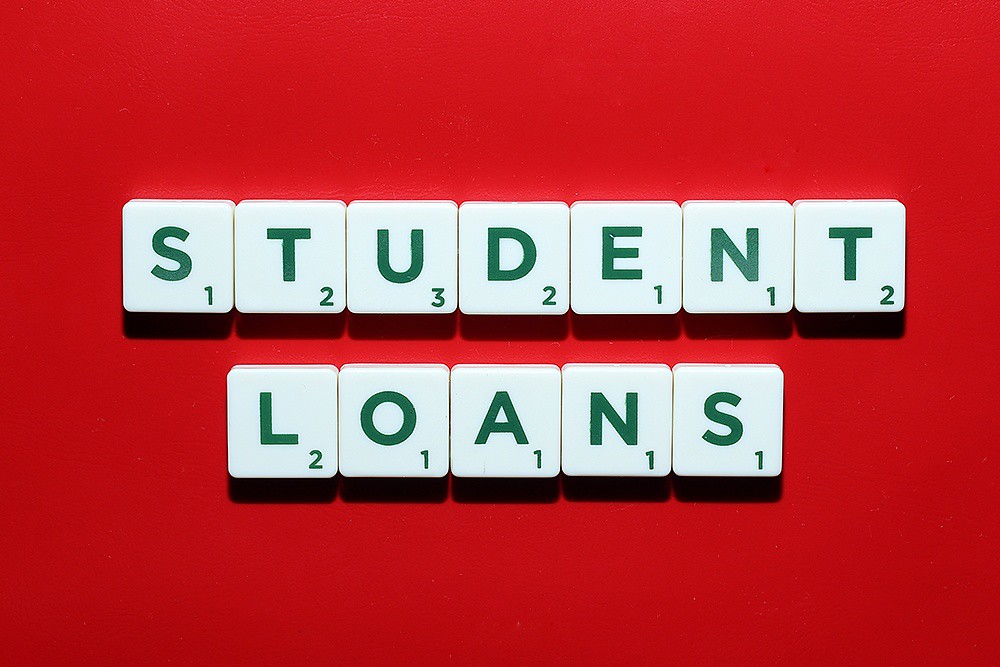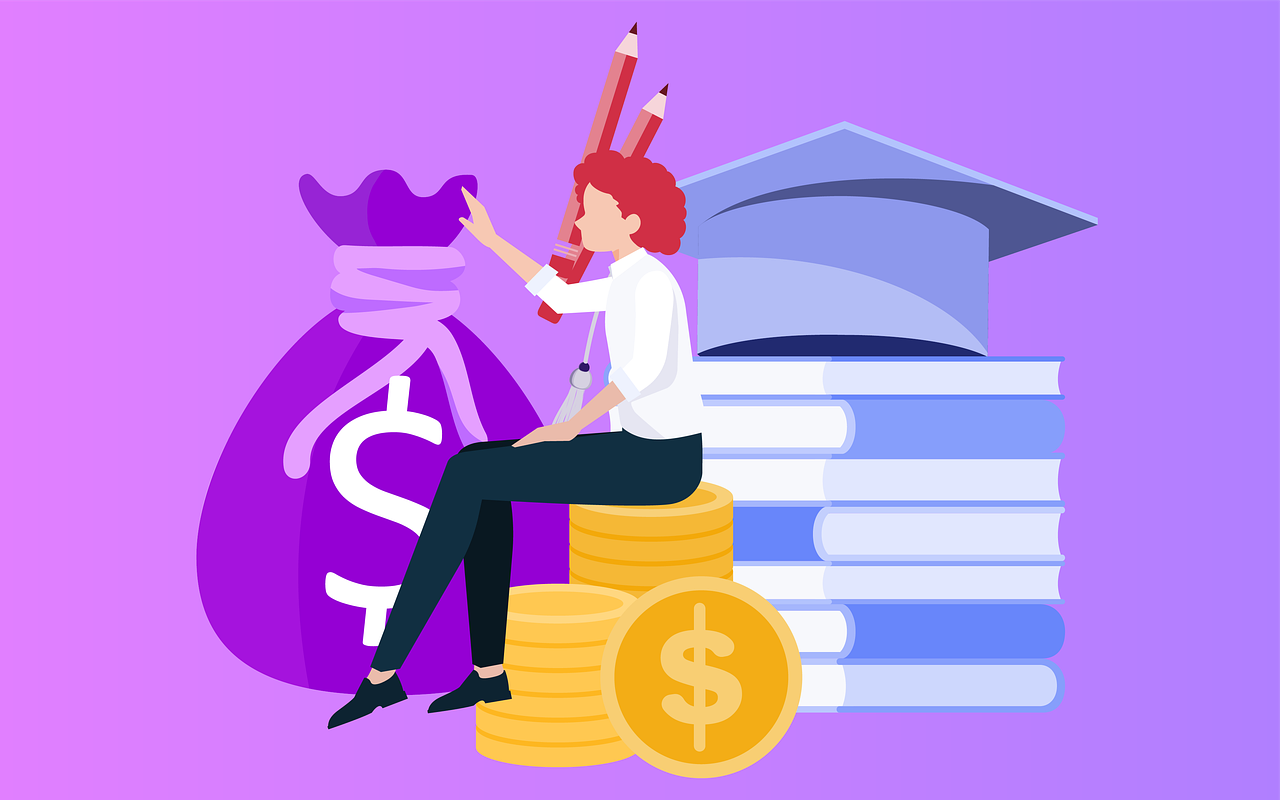Are student loans haunting your financial freedom? You’re not alone. Millions of students across the United States are burdened by the weight of student loan debt. However, the good news is that there are effective strategies you can employ to become debt-free faster. In this article, we will explore some valuable tips and tricks to help you pave the way to financial independence.
Understanding Your Student Loans
Before diving into strategies for paying off your student loans, it’s essential to have a clear understanding of your debt. Start by gathering all the necessary information, including the types of loans, interest rates, and outstanding balances. This information will be crucial in devising a repayment plan tailored to your needs.
Create a Budget
The first step towards tackling your student loans is to create a realistic budget. List all your monthly expenses and income sources to gain a clear picture of your financial situation. Once you have a budget in place, you can allocate a specific portion of your income towards paying off your student loans.
Explore Income-Driven Repayment Plans
If your student loan payments are causing financial strain, consider enrolling in an income-driven repayment plan. These plans adjust your monthly payments based on your income and family size. They can provide relief by ensuring your payments are manageable, allowing you to focus on other financial goals.
Make Extra Payments
Whenever you have extra funds available, consider making additional payments towards your student loans. Even small, regular extra payments can significantly reduce the overall interest you’ll pay and shorten your repayment period.
Look for Loan Forgiveness Programs
There are various loan forgiveness programs available, depending on your profession and loan type. Public service employees, teachers, and healthcare professionals may be eligible for forgiveness programs. Research and see if you qualify for any of these programs to expedite your debt-free journey.
Refinance Your Loans
If you have both federal and private student loans, consider refinancing them to potentially lower your interest rates. Refinancing can save you money over the life of the loan, making it easier to pay off your debt faster.
Seek Professional Guidance
Don’t hesitate to seek professional advice if you’re struggling with your student loans. Financial advisors and debt counselors can help you create a customized plan to manage and pay off your loans more efficiently.






